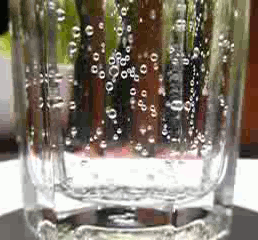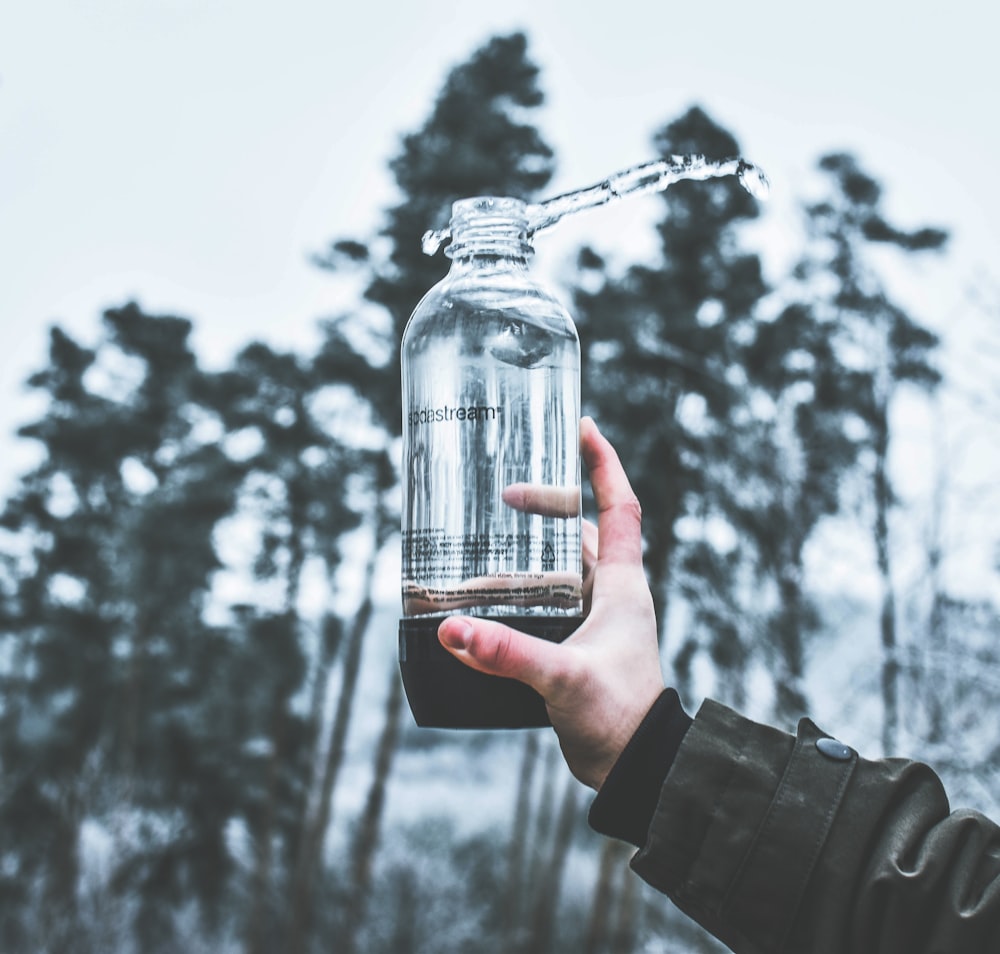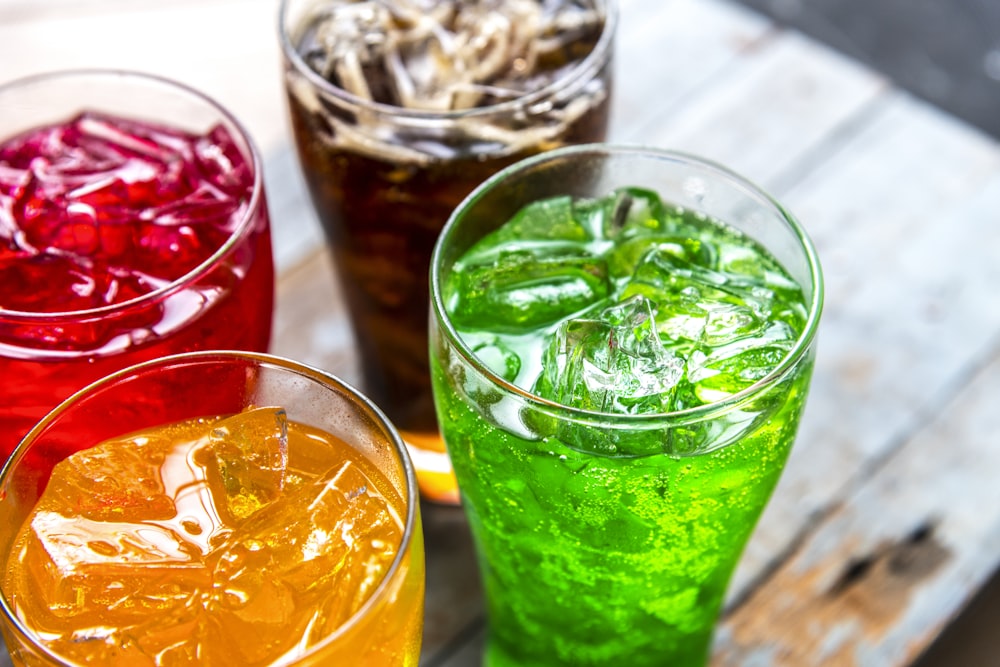
If you are a big fan of seltzers and other fizzy drinks, you must surely have wondered if you can make your own carbonated water at home.
The quick answer is yes: there are actually a lot of ways to do this now. This is also including through store-bought soda-making appliances, as well as via purely DIY setups.
Why Make Carbonated Water at Home
Why would you want to do it in the first place, though? Well, there are a lot of reasons. First, you might simply want to get the experience of making your own carbonated water. An even more convincing reason is that it could help you save money over time to avoid the store-bought variants.
Most seltzers will cost you about a dollar a bottle—and that is usually not even a liter. On the other hand, some home carbonating machines let you get the price of a liter of carbonated water down to just about a quarter of a dollar.
Another reason for making your own sparkling water is to be more environmentally-friendly. The cans and bottles often used as packaging for store-bought seltzers contribute to the trash that clogs up our landfills. They also represent serious space-hogs in a kitchen pantry—another reason to do without them by switching to made-on-demand seltzers at home.
One should consider the weight of these bottles too. They can be bulky when they have to be carried from the grocery and into one’s home. They can make life very difficult if you have to go up a flight of stairs or two.
Finally, making your own sparkling water gives you the power to decide the amount of carbonation in your seltzers. You can make your carbonated water either more or less fizzy at will.
Making Carbonated Water With a Seltzer Bottle
There are several ways to make your own fizzy water at home. We shall discuss two of them here:
- the seltzer bottle
- the sparkling beverage maker.
The seltzer bottle is one of the oldest ways of making fizzy water. These are glass bottles with metal heads, which have pressurized interiors and gas chargers. The gas charger is a small canister that can be attached to the bottle, and later replaced or refilled. It has carbon dioxide inside that is discharged into the water in the bottle.
These bottles are often found in bars. There has been renewed interest in them among the populace of late, though, so more and more are now being found in homes too. They are easy to use for the most part, but can have an element of peril to them, as they can explode when carbonation goes awry (usually by going overboard).
This is not something that happens a lot with the other commonly-used apparatus for home seltzer-making: the sparkling beverage maker. This is because sparkling beverage makers typically have a “venting” mechanism. This allows excess carbonation to escape from the bottle and machine during the carbonation process.
The Sparkling Beverage Maker
Sparkling beverage makers actually work very much like a seltzer bottle does. They take up a bit more space on your counter than most seltzer bottles—but then again, they are also typically easier to use than said bottles, so it is not a bad tradeoff.
With a sparkling beverage maker, you get a specially made bottle. Usually one of plastic, although premium glass versions exist. This is meant to hold water and connects to the machine. You fill this bottle with plain, cold water (even tap water is allowed) before connecting it to the sparkling water maker. The water needs to be cold for a simple reason: it absorbs carbon dioxide better.
A small canister of pressurized CO2 is loaded into the machine, which is typically operated through a push-button mechanism that pierces the canister with a pin. The CO2 inside the canister then escapes, and is led to the bottle of water. The water in the bottle absorbs the CO2, leading to seltzer water on demand.
More pushes of the button usually mean more CO2 directed into the water. At some point, that water takes all the CO2 it can stand, of course. From then on, most excess CO2 is simply vented out of the appliance, especially if you try forcing more of it into the bottle. That prevents the explosions that often happen, due to over-carbonation using other methods of making seltzer water.
As with the other method, you have to figure on replacing your CO2 canisters eventually. Some canisters can be refilled while others have to be replaced. Some manufacturers of the sparkling beverage makers actually sell their own branded canisters of CO2 to go with their machines. SodaStream does this for its soda makers, for instance.
Why Carbonate Only Water?
Typically, home carbonation devices will have a warning that you should carbonate only water with them. This is not because you cannot carbonate other liquids with these methods, you infact can carbonate just about any liquid you can drink. It is just that it potentially becomes rather messy if you do it with something other than water.
Whether with a seltzer bottle or the sparkling beverage makers, an explosion involving a liquid other than water would usually be tougher to clean up. Furthermore, with the latter machines, the venting process used to release excess carbonation. This takes into account a bit of water spray coming with the vented carbon dioxide.
The spray passes through the machine safely, because it is only clean water and the machines are generally not electrical anyway. But if the spray held some sort of sugar in it, a buildup would likely happen. This is not to mention a temptation for insects like ants. Machines of this type are usually not meant to be opened completely too just for maintenance.
Generally speaking, you should just add flavorings or other ingredients to your sparkling water after it has been carbonated. This will help you a lot in case you do over-carbonate or end up with a burst bottle on your hands. It will also keep you from voiding the warranty on your home carbonator, in most cases.
Author Bio:
- Healthy Vegan Diet Plan – the One Month Vegan Challenge - September 8, 2023
- The Worst Foods that Causes Aging Faster, and What You Can Do? - August 30, 2023
- Is a Soup Diet for Weight Loss A Healthy Way to Lose Weight? – 14-Day Soup Diet - August 8, 2023


I like that you mentioned that it is cost-effective to carbonate your water. My wife and I are heavily curious about these things. It would be nice if a Beverage CO2 expert can help us out with this.